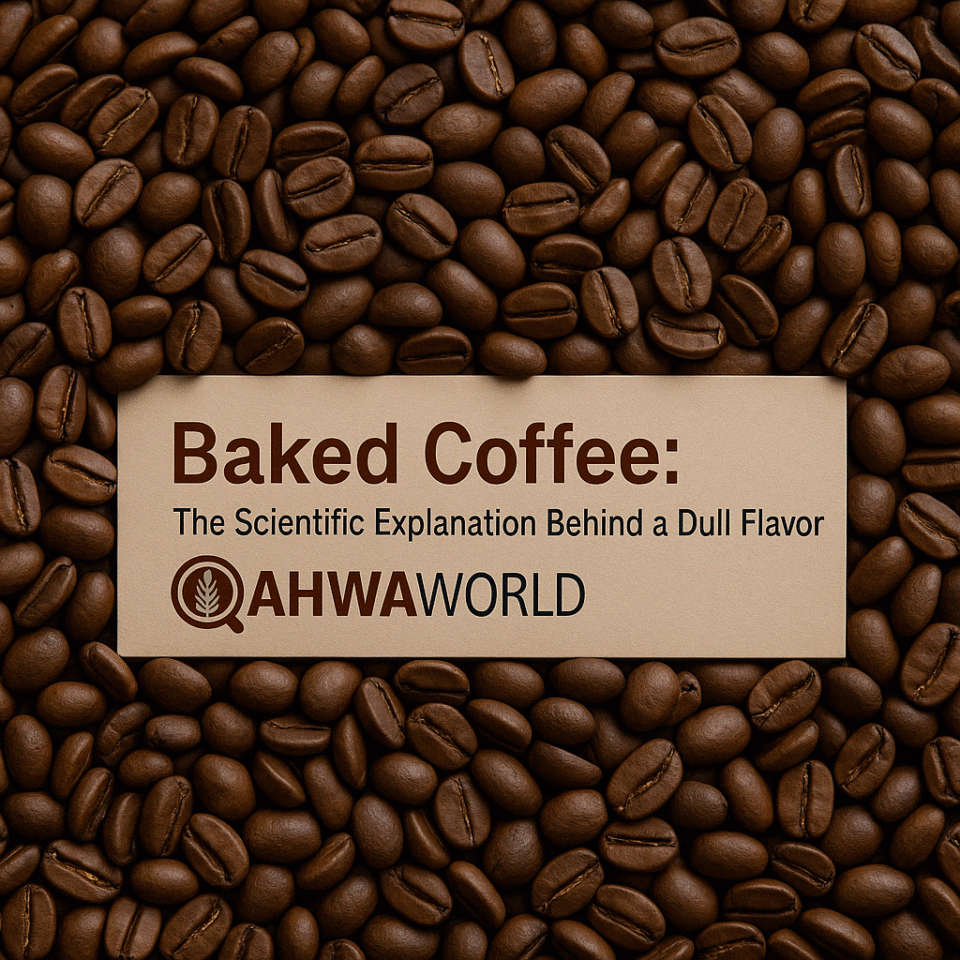Have you ever tasted coffee that seemed flat, dull, or lifeless? The culprit may be a roasting defect known as “baked coffee”—a condition not of poor bean quality, but of poor heat management. In this report, Ennio Cantergiani, Owner and Managing Director of l’Académie du Café – Switzerland, unpacks the science behind this phenomenon and offers precise, practical recommendations to help roasters avoid this common but often misunderstood flaw.
You may sip a cup of coffee and find it strangely muted—lacking sweetness, brightness, or depth. While such characteristics might be attributed to origin or processing, the real cause often lies in a little-known roasting flaw called “baked coffee.” Though the term is familiar among seasoned roasters, the scientific rationale behind it is less widely understood.
Ennio Cantergiani, Owner and Managing Director of l’Académie du Café – Switzerland, explains that baked coffee arises not from defective beans, but from a mismanaged roast. Specifically, it results from insufficient heat transfer over an extended period, which inhibits the formation of key aromatic compounds. The outcome is a cup devoid of vibrancy—flat, dull, and lifeless.
At the heart of this defect lies a thermodynamic concept known as the glass transition temperature (Tg). During roasting, coffee beans pass through this physical threshold, shifting from a rigid, glassy structure to a more flexible, rubbery state. This change enables the molecular mobility required for crucial chemical reactions—most notably the Maillard reaction and caramelization—which build the sweetness, complexity, and aromatic richness expected in quality coffee.
However, when beans linger too close to the Tg zone for too long—due to slow or underpowered roasting—these molecular reactions are stifled. With insufficient energy to drive flavor-producing chemistry, the beans fail to develop their full potential. The resulting coffee tastes dull and one-dimensional, lacking clarity or body.
Slow roasting near the glass transition point also affects bean structure. Porosity is reduced, which impairs extraction during brewing. The water struggles to penetrate the bean evenly, producing a thin cup with weak tactile and sensory expression.
To prevent baked coffee, Cantergiani emphasizes the need for controlled, effective heat transfer throughout the roast. Roasters should avoid extending the roast near the glass transition range and tailor roast profiles according to the specific density and moisture content of each batch. These adjustments, though subtle, are essential for unlocking the full flavor locked inside the green bean.
Ultimately, baked coffee is more than a subjective tasting flaw—it is a scientifically explainable result of physical and chemical dynamics. In the age of precision roasting, understanding this phenomenon empowers roasters to create consistently bright, sweet, and balanced coffee, free from the muted signature of a baked profile.
